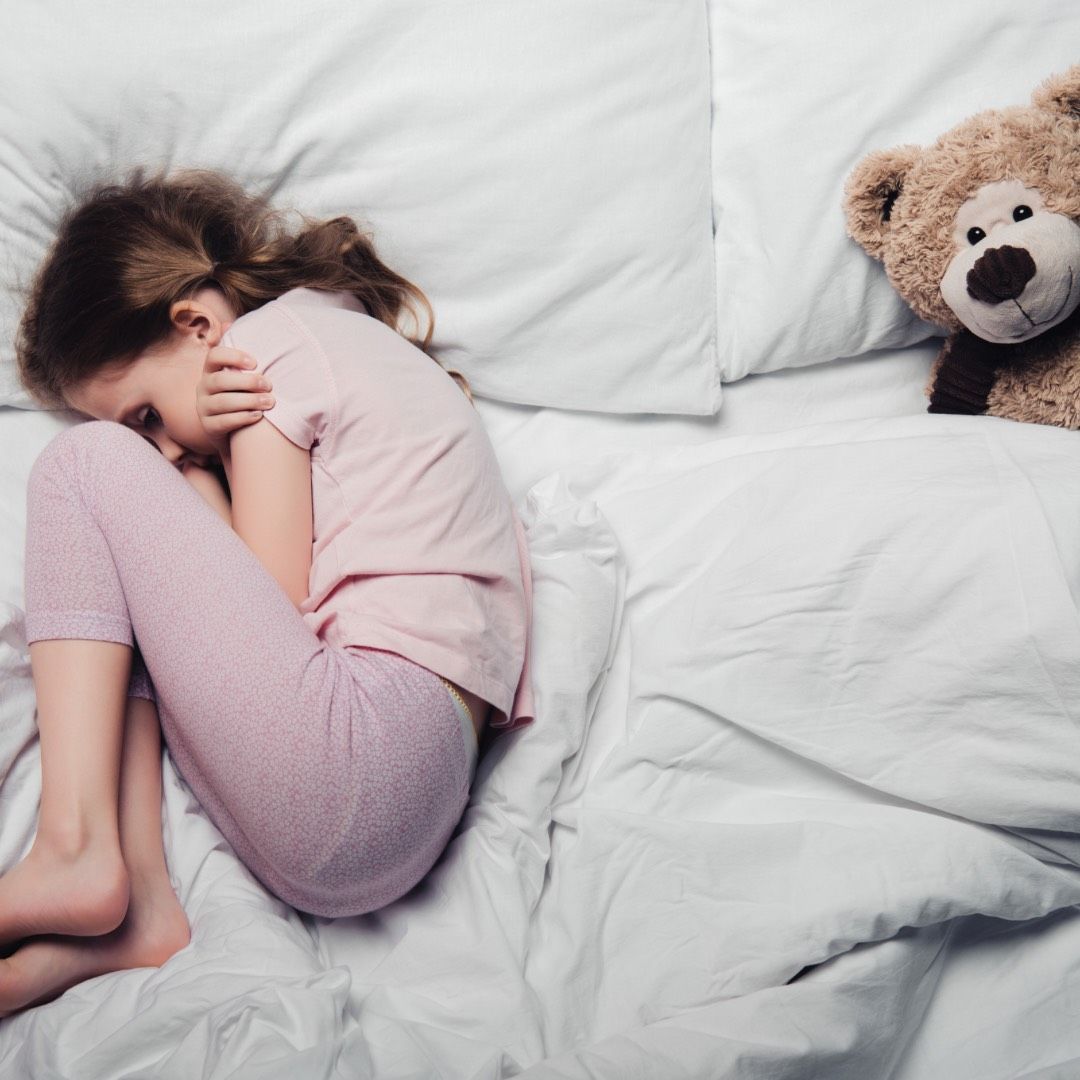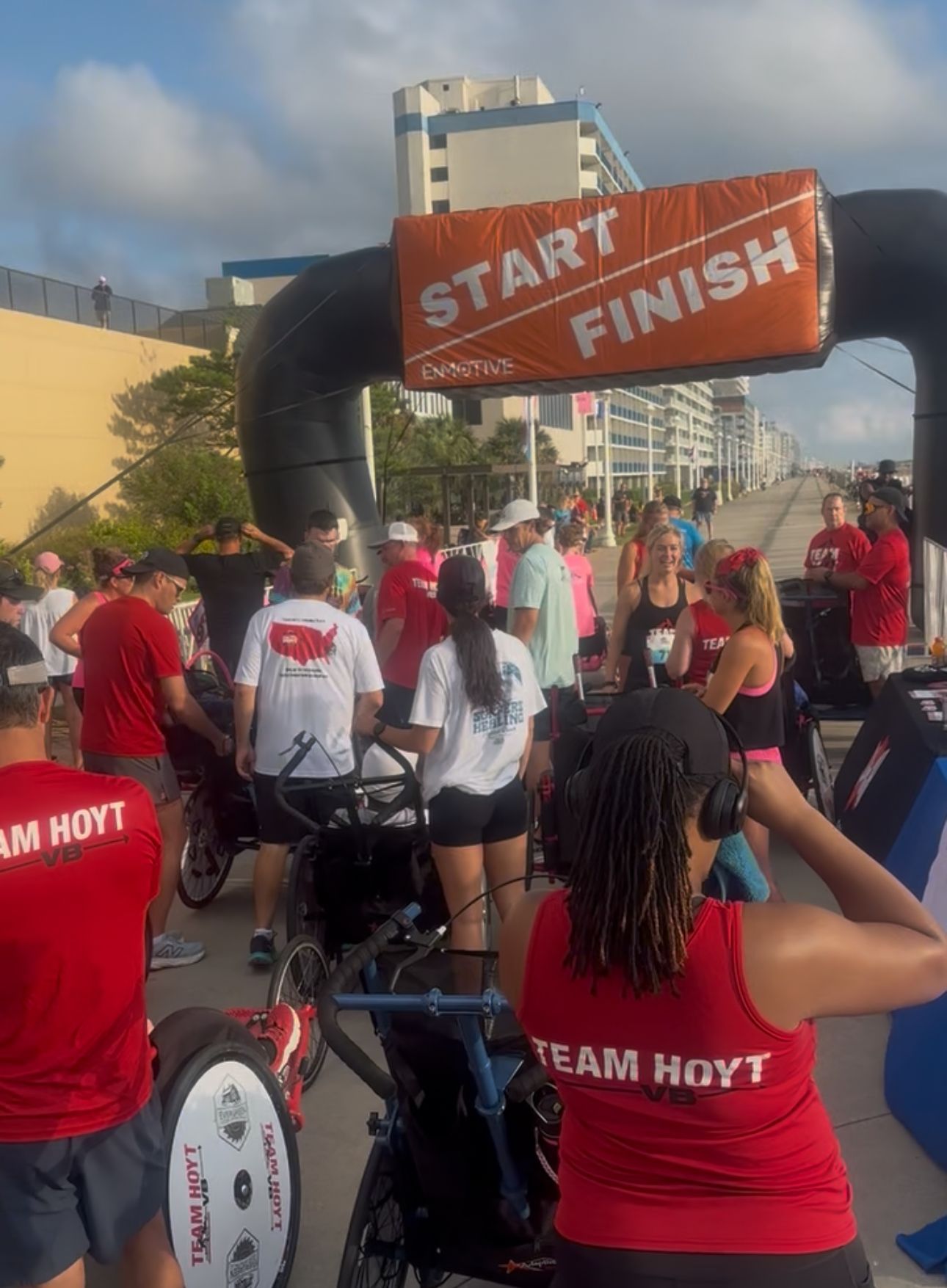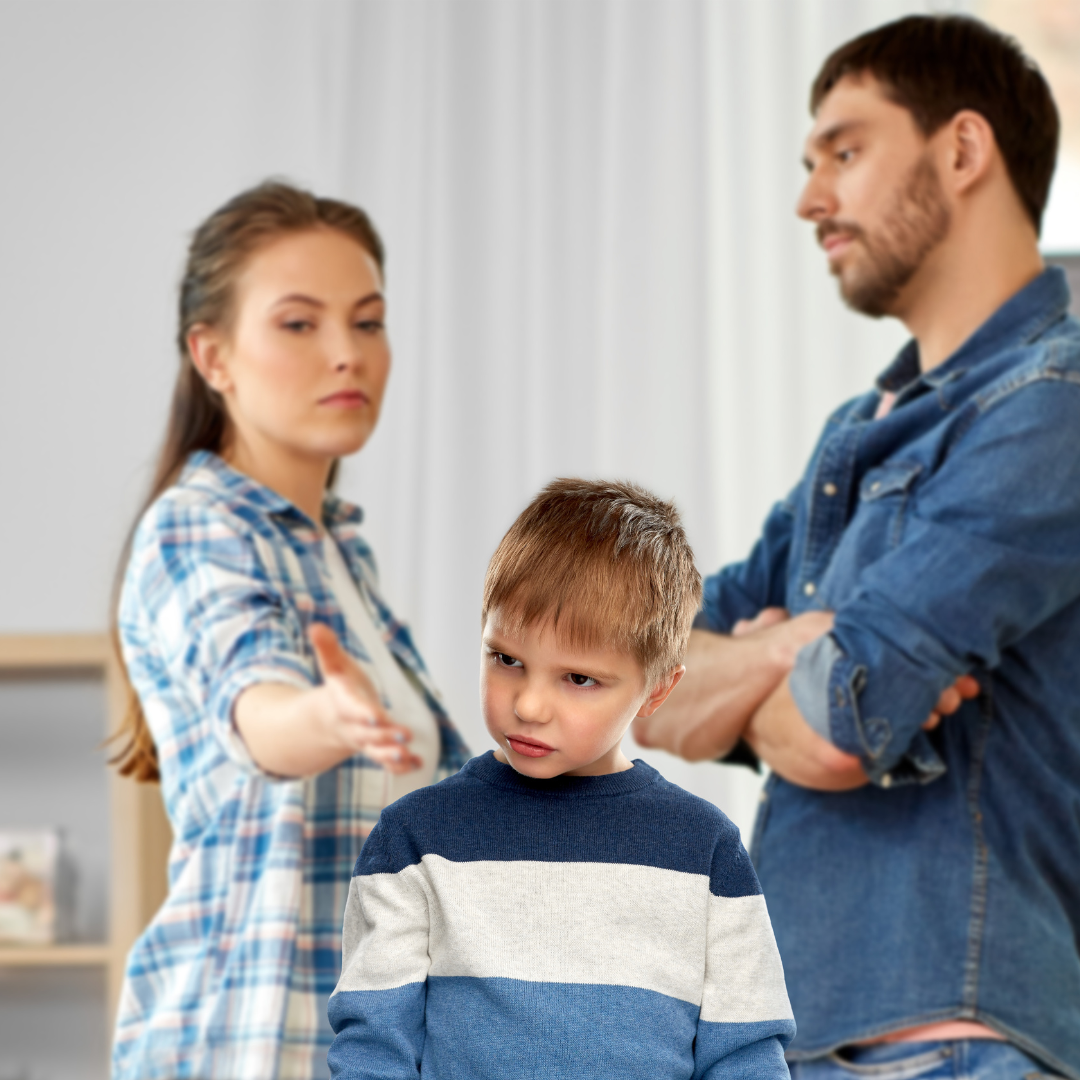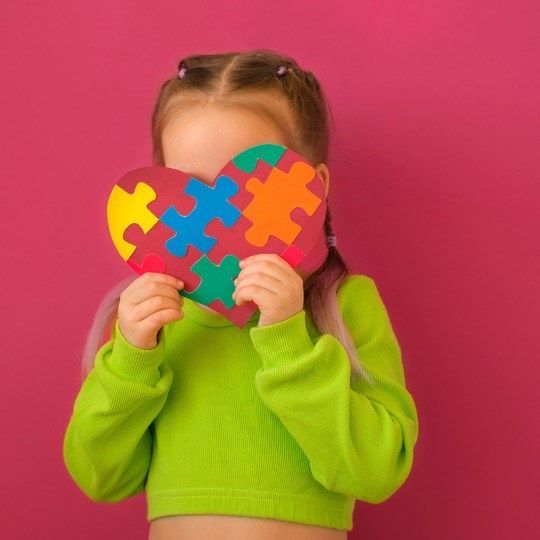People who endure trauma at some point during their childhood don’t have faulty brains. Their minds & the behaviors they exhibit have been altered to help them survive.

What is PTSD
Post-traumatic stress disorder, or PTSD, is a mental disorder triggered by experiencing trauma. PTSD can cause serious symptoms that can become debilitating. Many people who have PTSD find their instinctive responses are extremely rapid and significantly exaggerated when triggered by certain sounds. The most common being a loud, unexpected noise.
Many people tend to believe that only adults experience PTSD. However, children may experience very stressful events that affect how they think and feel. Many children are able to recover quickly and well, but in some instances children who experience severe stress, such as from an injury, from the death or threatened death of a close family member or friend, or from violence, will be affected long-term.
Examples of PTSD symptoms include
- Reliving the event over and over in thought or in play
- Nightmares and sleep problems
- Becoming very upset when something causes memories of the event
- Lack of positive emotions
- Intense ongoing fear or sadness
- Irritability and angry outbursts
- Constantly looking for possible threats, being easily startled
Children who have experienced traumatic stress may seem restless, fidgety, or have trouble paying attention and staying organized, and the symptoms of traumatic stress are often confused with symptoms of attention-deficit/hyperactivity disorder (ADHD). This can lead to misdiagnosis or no diagnosis at all.
Without treatment, repeated childhood exposure to traumatic events can affect the brain and nervous system. This can increase health-risk behaviors such as smoking, eating disorders, substance use, and other high-risk activities. Research also shows that child trauma survivors are at a higher risk for long-term health problems such as diabetes and heart disease. Traumatic stress can also lead to increased use of health & mental health services and increased involvement with the child welfare and juvenile justice systems. Adult survivors of traumatic events may also have difficulty in establishing & maintaining fulfilling relationships and maintaining employment.
The first step to treatment is to talk with a healthcare provider to arrange an evaluation. Once a diagnosis is established, various therapies and programs are available. The type of treatment needed will vary on the severity of the behaviors being exhibited. Children may benefit from intensive in-home services or behavior consultation offered at LEAF Behavior Support. Other treatment modalities include Psychotherapy, Cognitive Behavioral Therapy (CBT), and other Behavioral Therapy techniques. What’s important is ensuring that the child feels safe and supported throughout their healing journey. Parents and caregivers will also benefit from participating in support groups to ensure they are addressing their own needs during this process.












